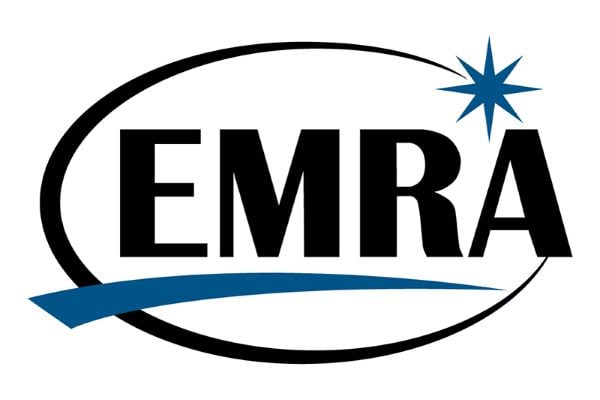ABEM Resident Ambassador


The American Board of Emergency Medicine (ABEM) is seeking two nominations from the Emergency Medicine Residents' Association (EMRA) for consideration for appointment to ABEM’s Resident Ambassador Panel.
The Resident Ambassador Panel will consist of three members, each serving a two-year term that must be encompassed while in residency. Note that there is no designated seat allocation, rather ABEM will select three members from the aggregate total of submitted nominations. Therefore, the possibility exists that one organization may have more than one nominee selected.
Nominations Due April 30 at 5pm Central.
ABEM Requirements
Each member will be asked to serve a two-year term (August 1, 2025 – July 31, 2027) that must be encompassed while in residency. The member must be at the PGY-2 training level or higher at the start of his or her term. Members of the Resident Ambassador Panel would be asked to serve on an as-needed basis for ABEM projects, such as resident-related content on ABEM’s website or presentations.
The ideal candidate would possess strong interpersonal skills, professionalism, timeliness, the ability to follow direction, team skills, ability to accept constructive criticism, humility, and the ability to compromise. Resident Ambassador Panel members must agree to adhere to ABEM policies regarding confidentiality, conflict of interest, bias, work for hire and social media use. Two web-based meetings are anticipated each year.
Each submitted nomination must include:
1. Recommendation Form from his/her Program Director (Download Below)
2. Resident CV
3. Completed Nomination Form (Download below)


Related Content

Aug 25, 2017
Your Home
The Emergency Medicine Residents' Association EMRA is the voice of emergency medicine physicians-in-training and the future of our specialty and the largest and oldest independent resident organization in the world. EMRA was founded in 1974 and today has a membership over 18,000 residents, medical students, and alumni.





